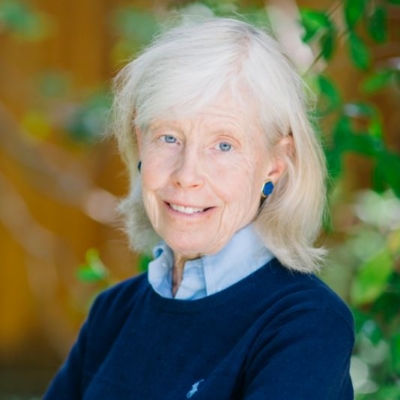The Least Diverse Jobs In America
Summary
Professor Deborah Rhode is cited in this article on the lack of diversity in the legal profession, and how it’s due partly to the lack of diversity at law schools and to unconscious bias and lack of access to networks.
Earlier this year, Deborah Rhode, a professor at Stanford Law School, lamented the state of diversity in the legal profession. Rhode wrote that despite what it looks like from the outside, statistics show that there are few lawyers who aren’t white. Data from the U.S. Census supports this claim, showing that 81 percent of lawyers are white, down from 89 percent in 2000. Further, only 7 percent of partners at law firms are blacks, Hispanics, Asians, or Native Americans. Rhode attributes the problem partly to the lack of diversity at law schools, but also to unconscious bias and lack of access to networks.
These days, criticisms about the lack of racial diversity are perhaps most focused on the tech sector. But usually, these criticisms of diversity at top tech companies exclude Asians and focus on the low percentage of blacks and Hispanics in the tech industry. Data from the Census bureau shows that while blacks and Hispanics are underrepresented in the computer workers category, Asians are overrepresented (Asians make up 5.3 percent of the U.S. population). In the spirit of transparency, companies such as Google, Microsoft, and Facebook have all revealed internal data about the racial makeup of their employees, but in general information about the racial composition of many companies can be difficult to come by, and is often incomplete. The best guess is data compiled by the Census and the Bureau of Labor Statistics.
Read More
